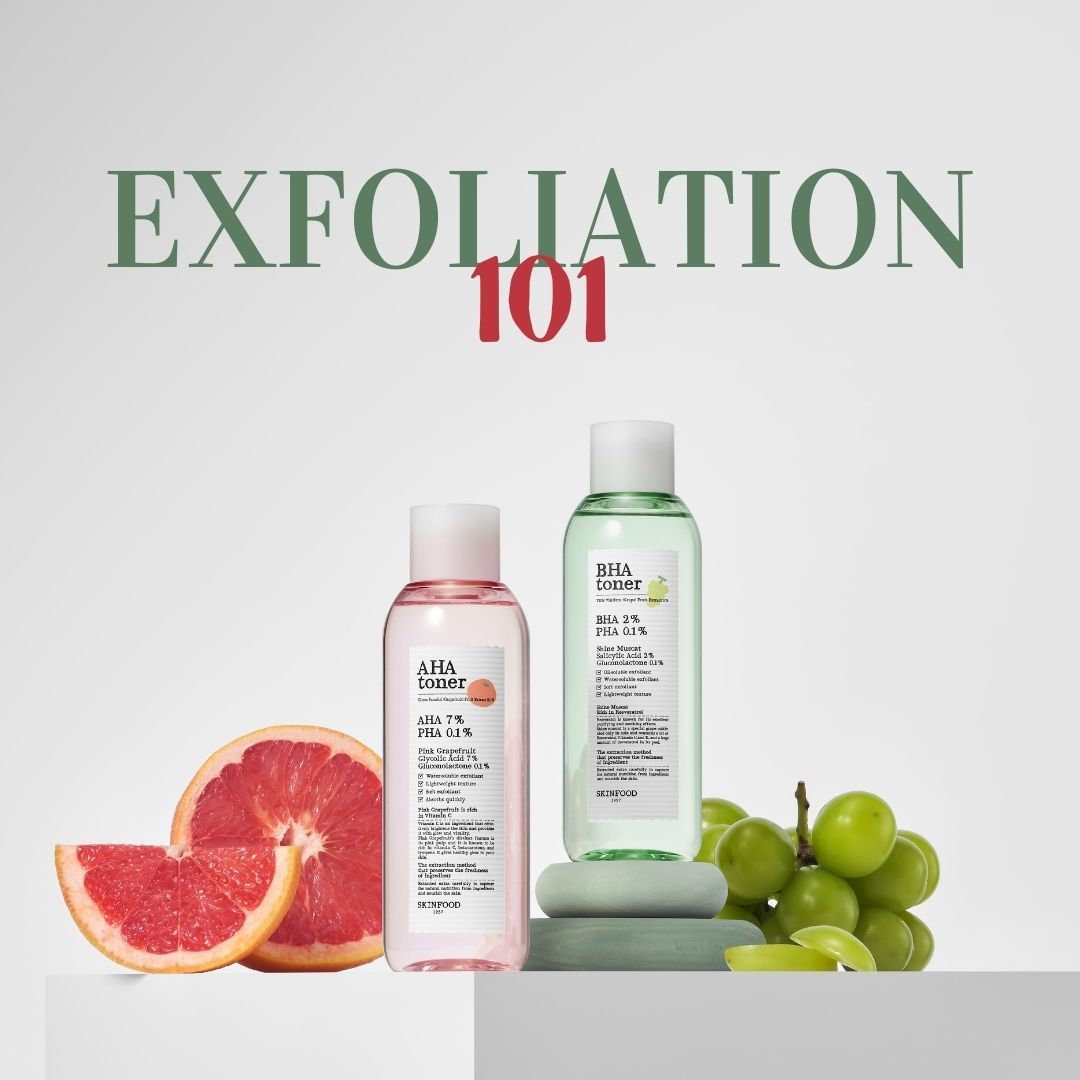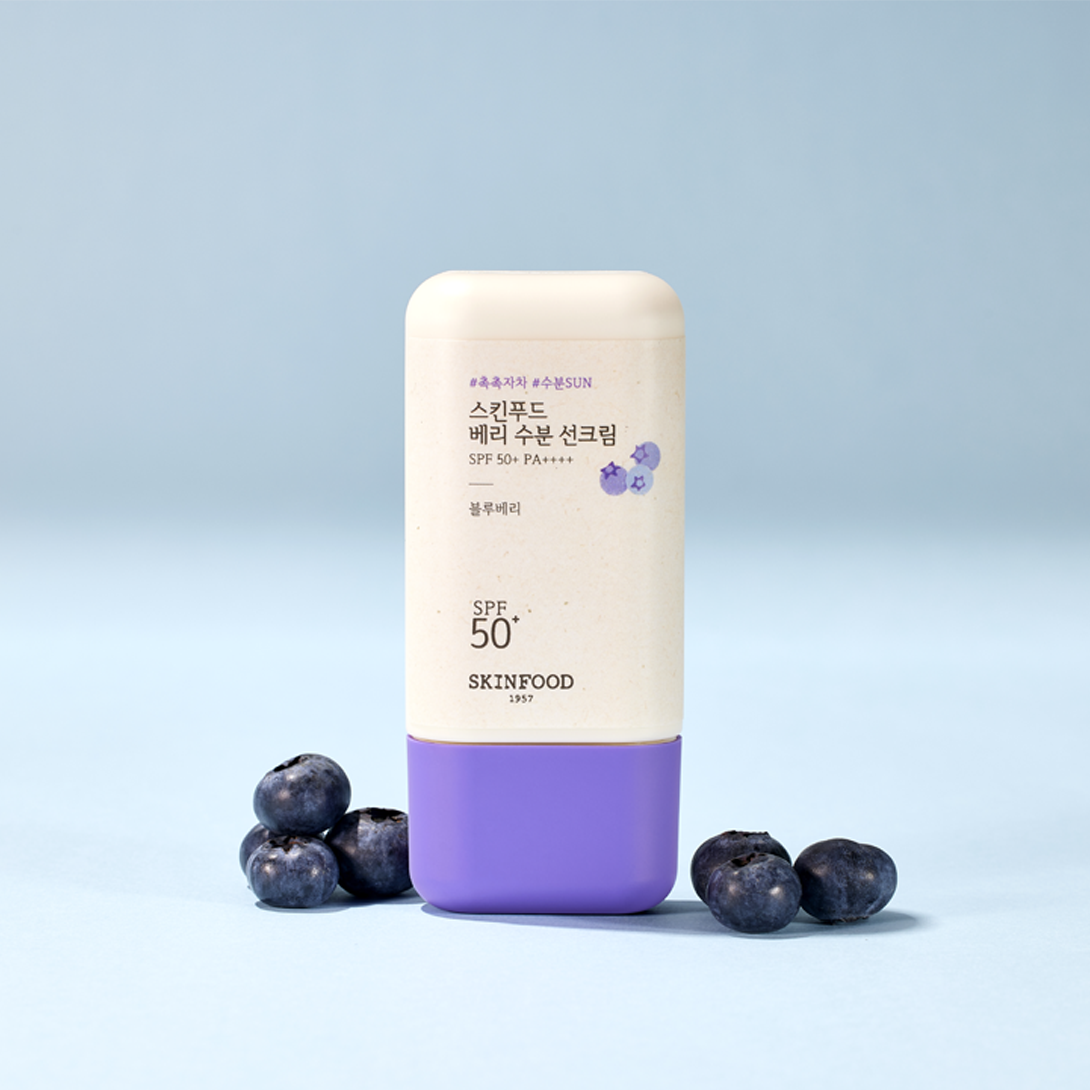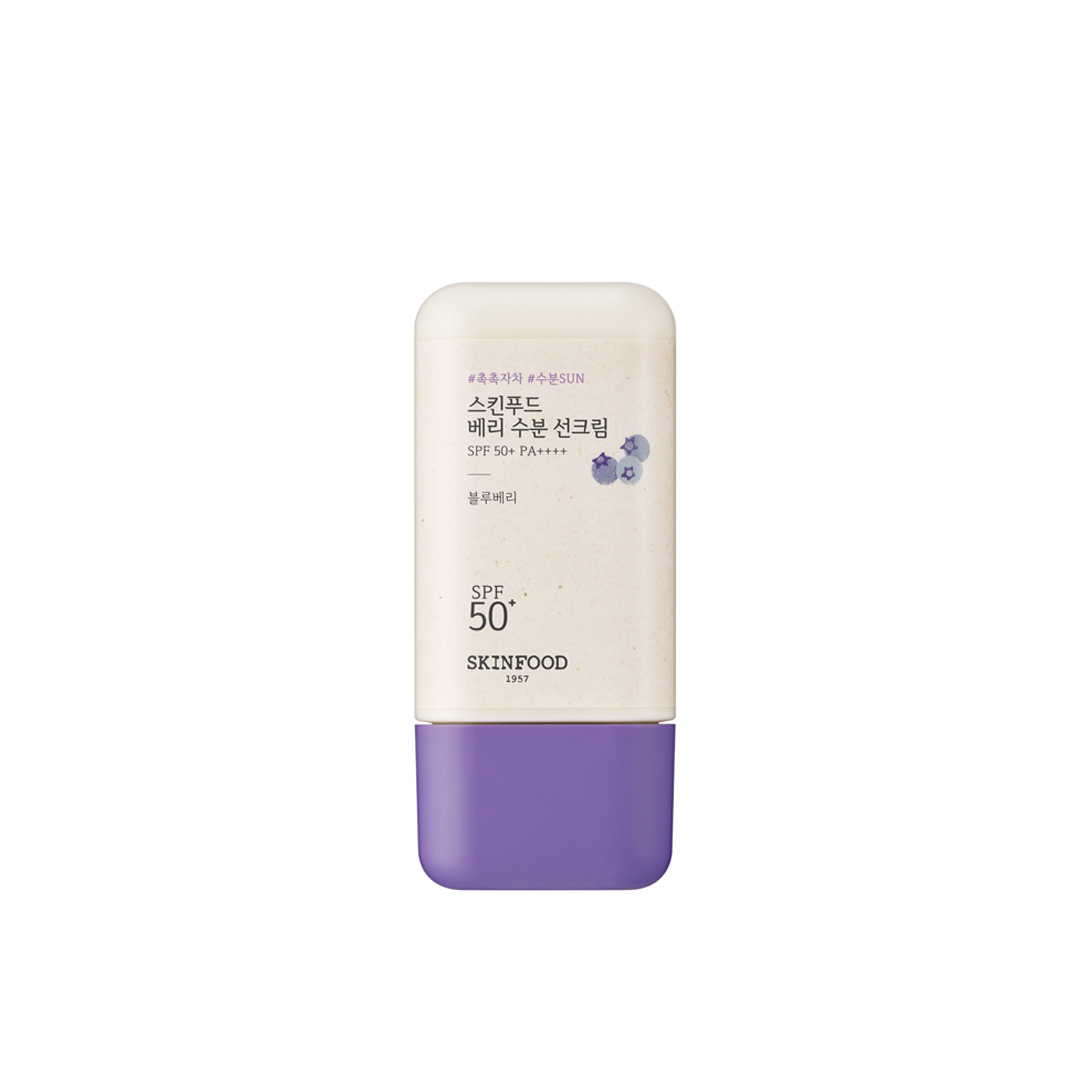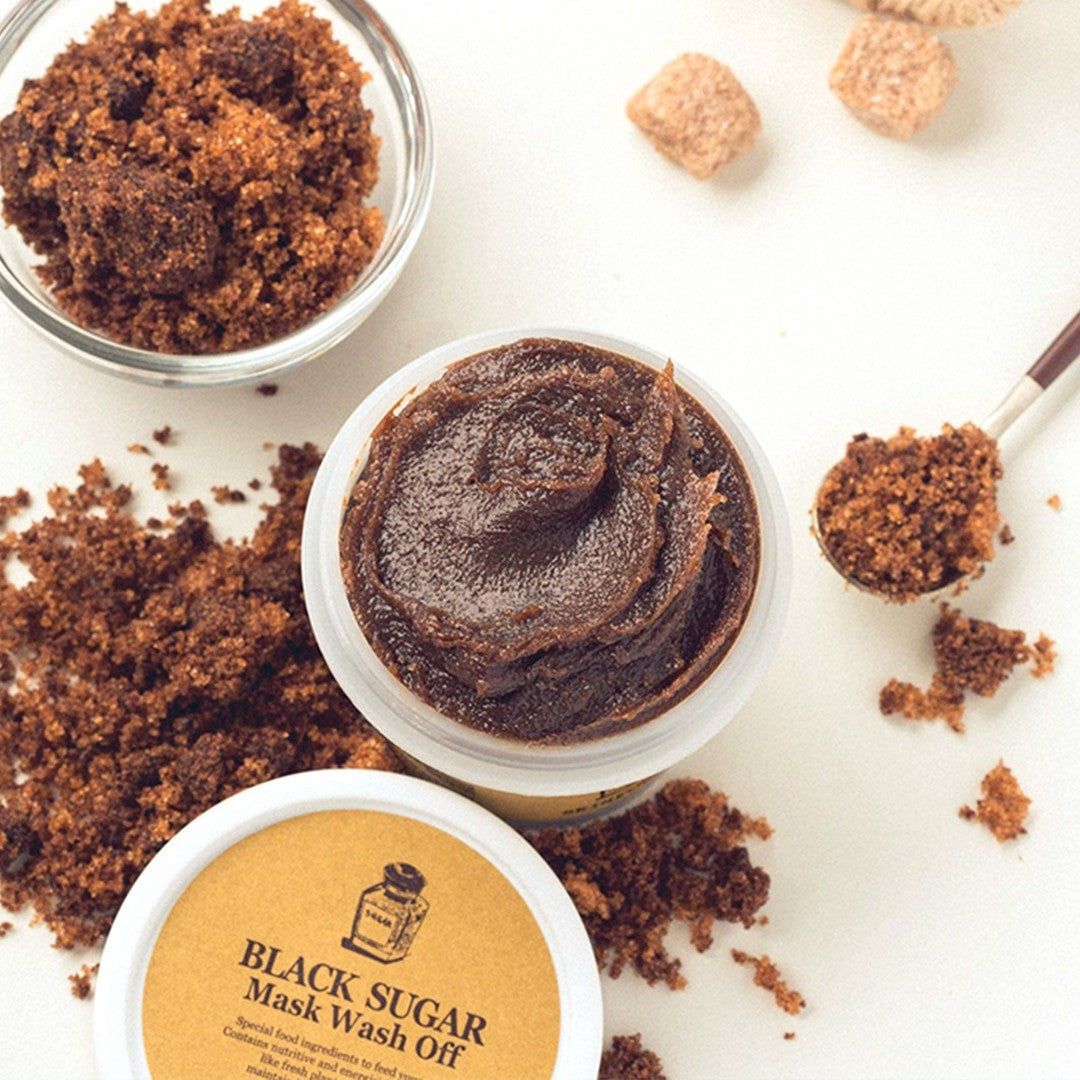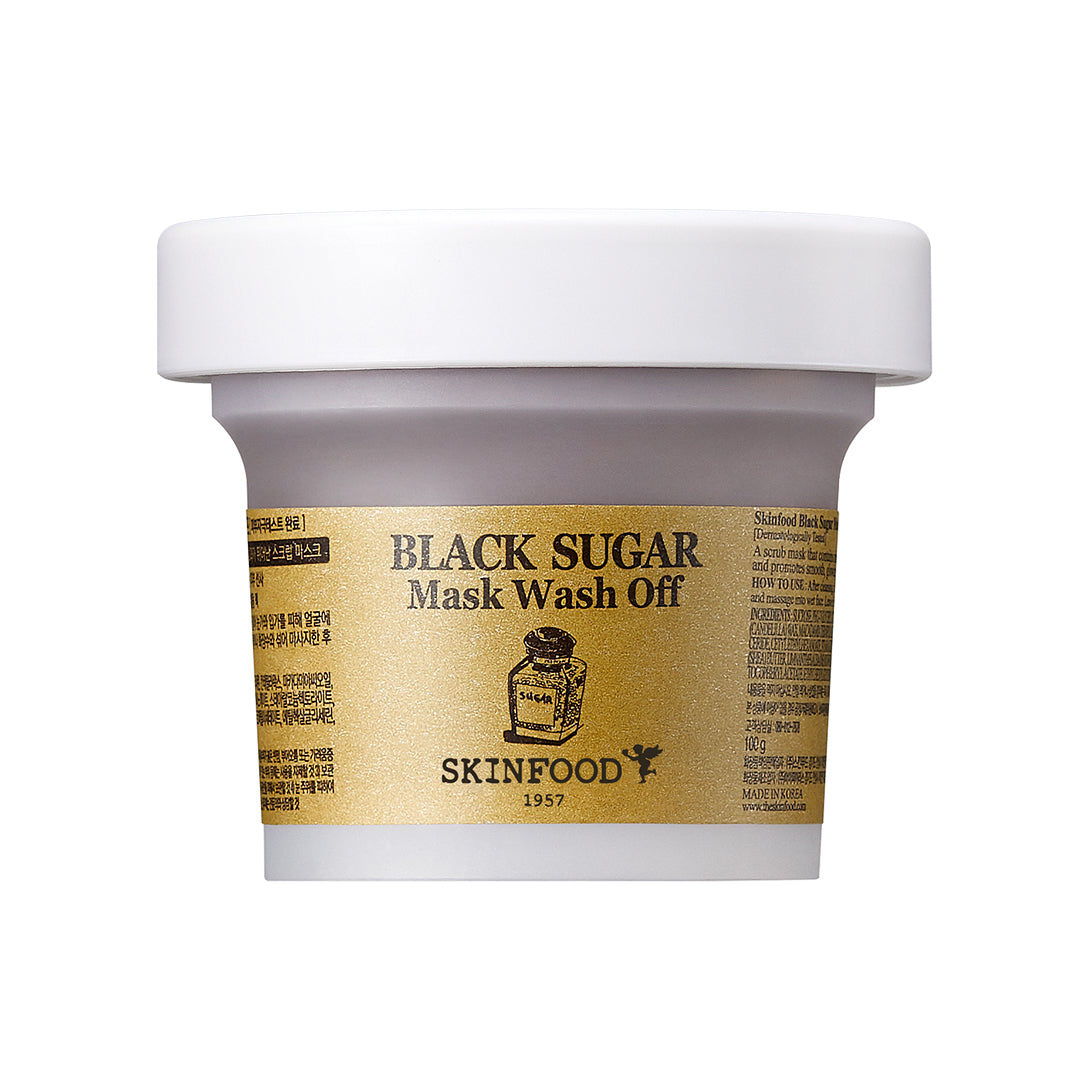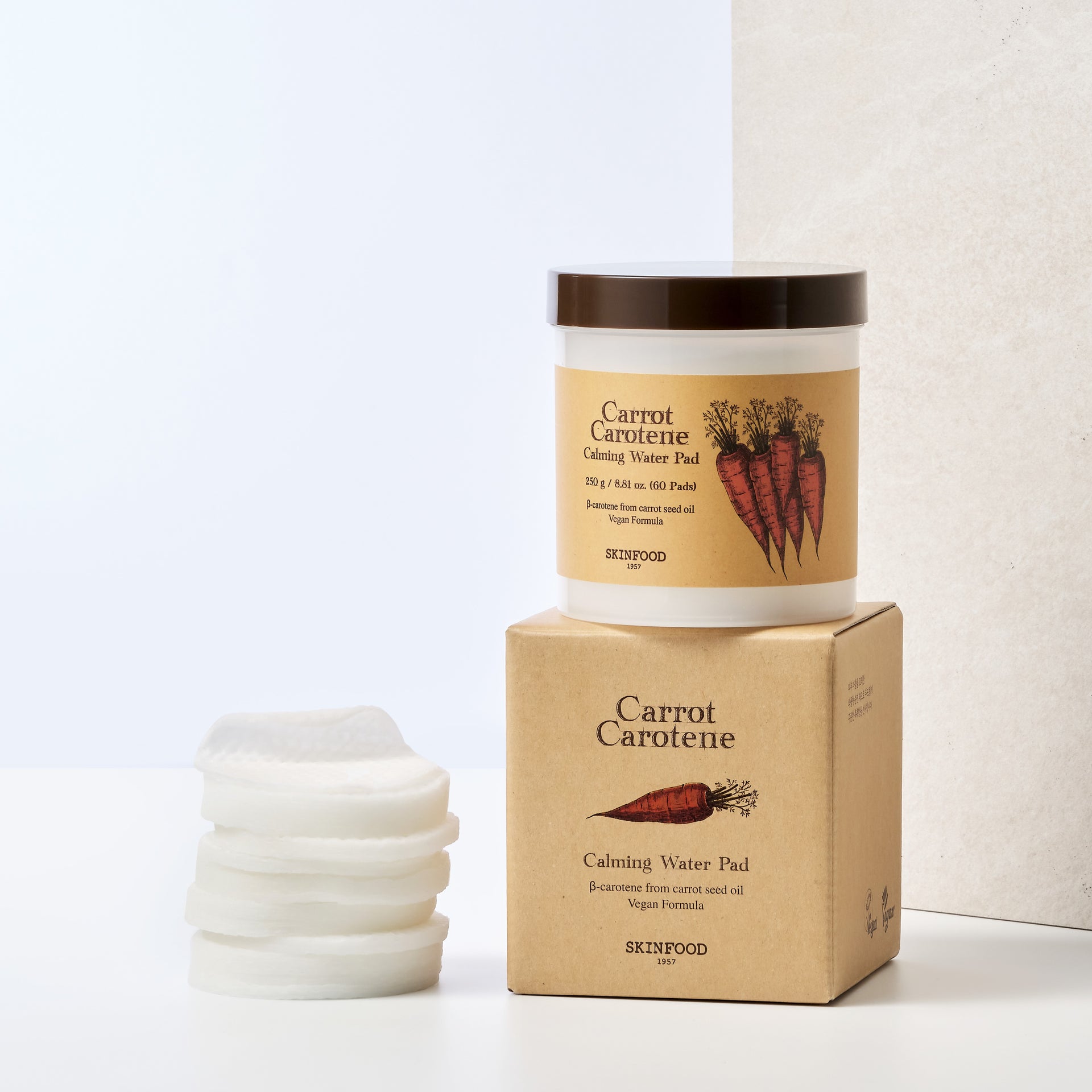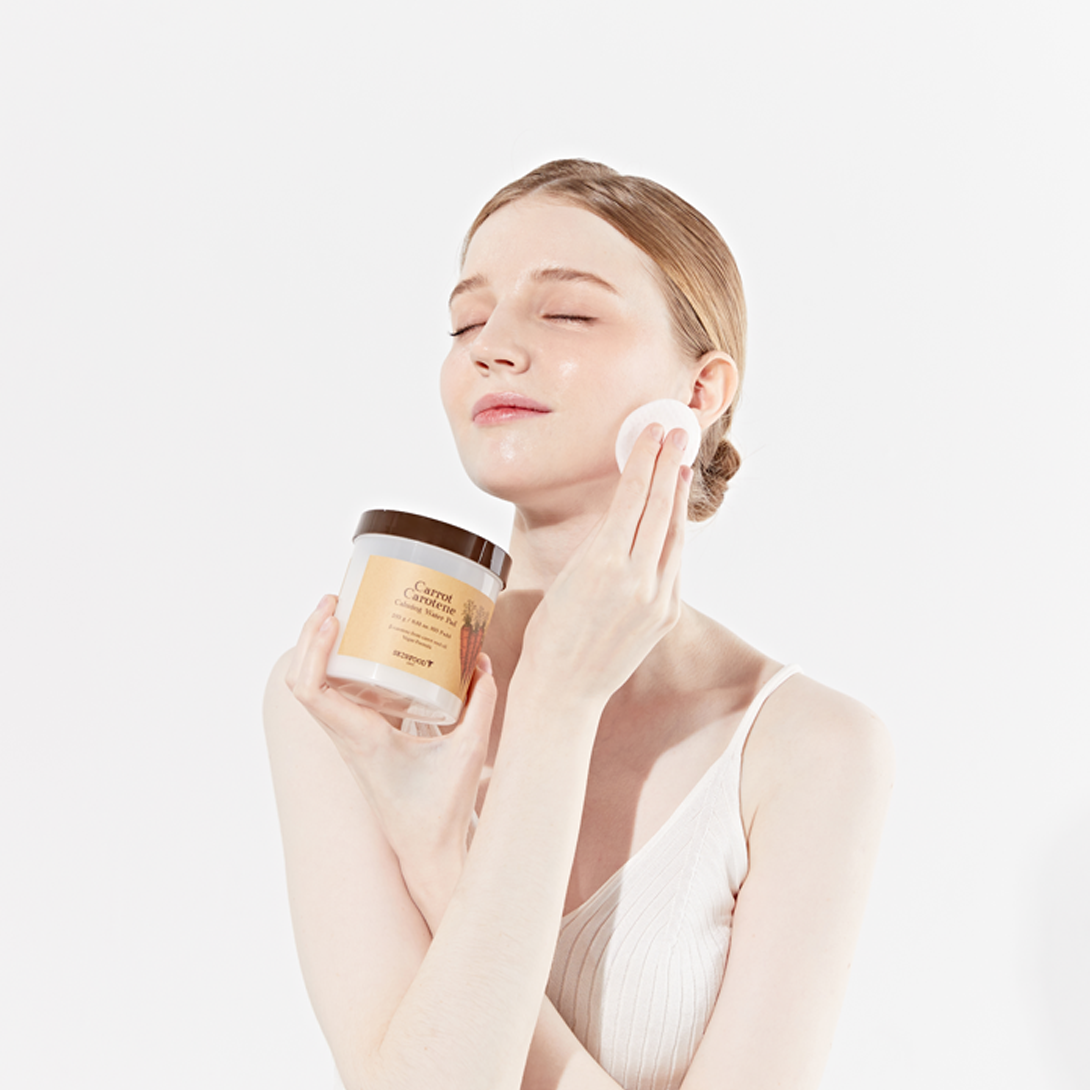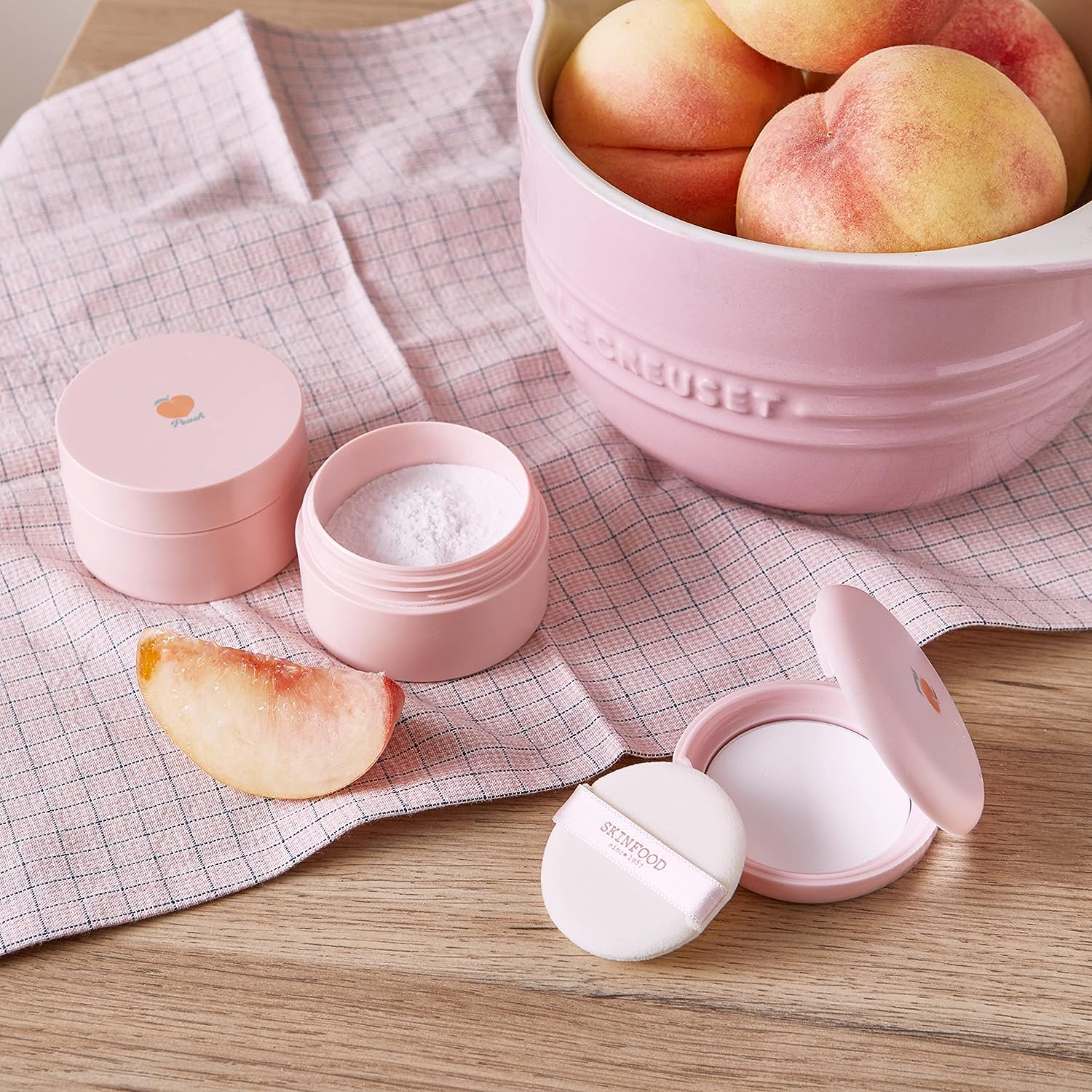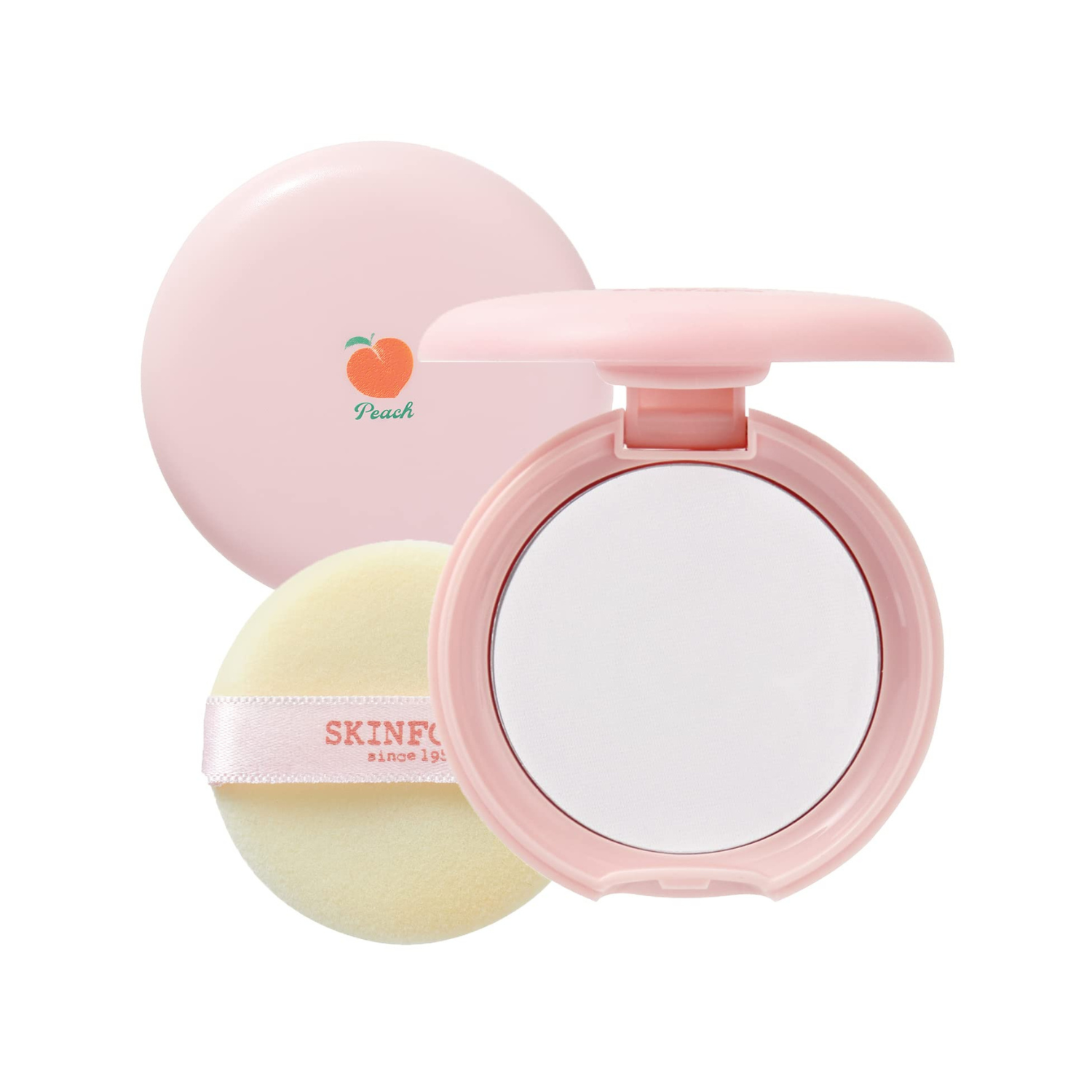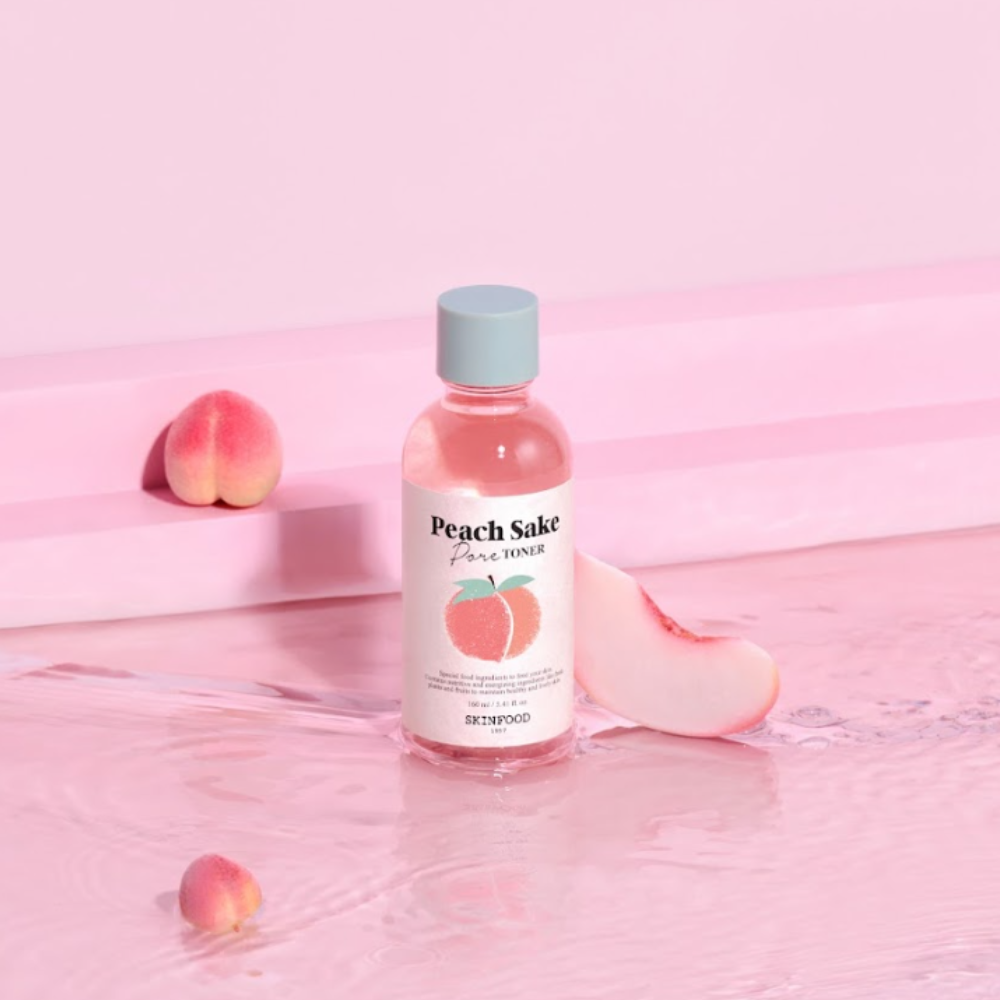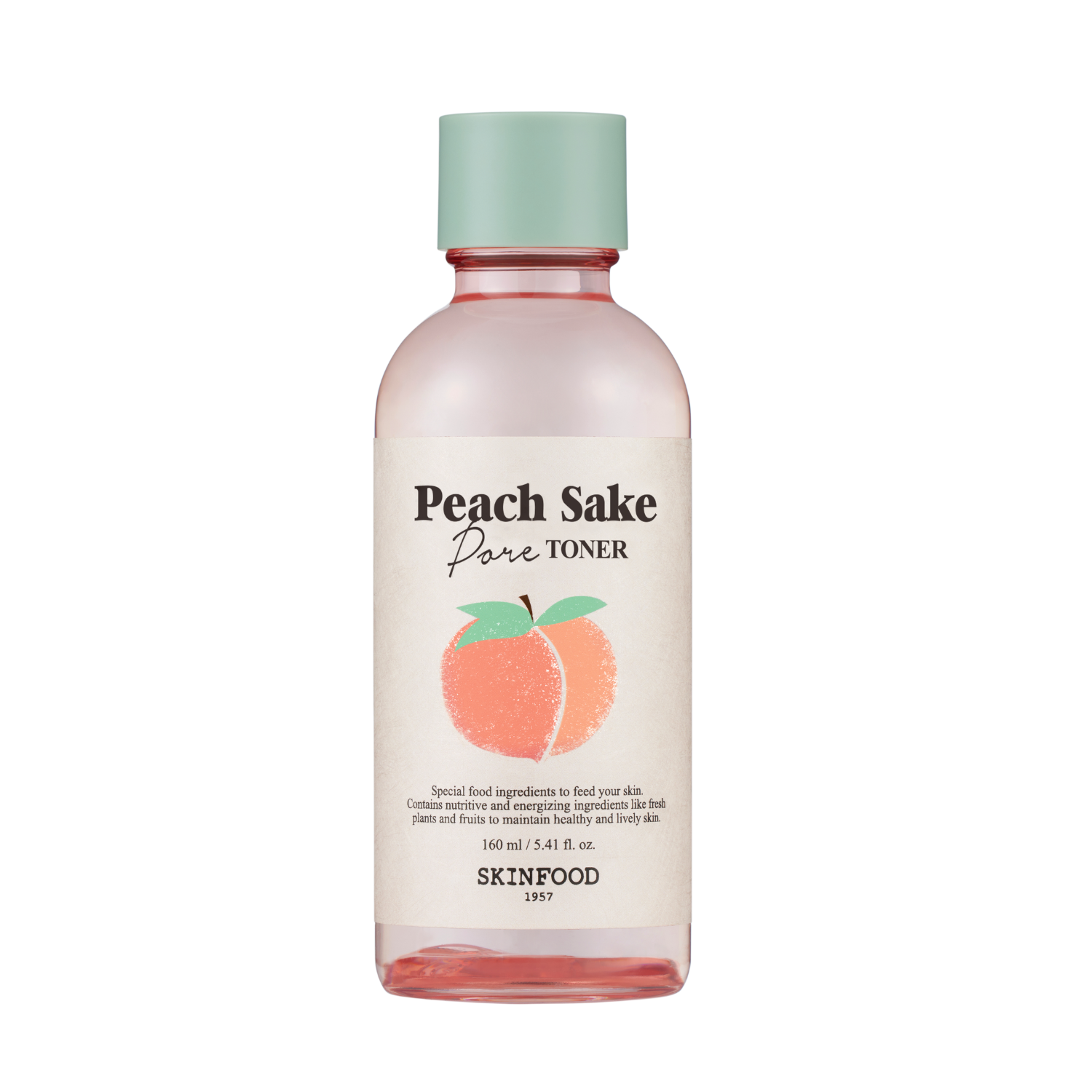AHA! Are you a SKINFOODIE researching how to take your skin care game to the next level? You’ve already been given the answer from the first word of this blog. AHAs, or alpha hydroxy acids, and their relatives, BHAs, beta hydroxy acids, are some of the most beneficial ingredients in your skin care stash. They actively affect cell turnover, aiding exfoliation and improving skin’s texture. Different acids have different effects and strengths, and so can target specific skin care concerns, such as acne, wrinkles, and hyperpigmentation.
If you’re having flashbacks to lab goggles and Bunsen burners, don’t be alarmed! We wear the lab goggles so you don’t have to. But fair warning: facial acids can have powerful effects on skin and also reactions to other acids and compounds, so it’s worthwhile to understand their properties so you can reap their benefits and not harm. Always read the ingredients list when trying a new product, and do a patch test and check for reactions. If possible, start with a lower concentration before moving up to a higher one. Do your research, and consult a dermatologist if necessary.
An AHA Moment
AHAs are chemical exfoliants that work to slough off the upper layers of skin. Depending on their molecular structure and size, they are absorbed into skin and affect cellular turnover, which in turn helps with acne, hyperpigmentation, fine lines, and skin texture
Glycolic acid is the most commonly used AHA in skin care. Derived from sugar cane, it has the smallest molecular structure, so it is most easily absorbed into skin, making it super effective. It’s a powerhouse, fantastic as an anti-aging ingredient as it excels at exfoliating skin, fading dark spots and acne scars, evening skin tone and texture, and reducing the appearance of fine lines and wrinkles. It also can minimize the appearance of pores and help prevent acne. In addition to skin care products, it’s also used in facial peels and applications used alongside skin care procedures such as microdermabrasion and microneedling. But like dynamite, its power must be used carefully and wisely. It may be too strong for sensitive skin types in high concentration. Since it also penetrates deeply into skin, it can increase skin sensitivity to sun so you may find it a good idea to up your SPF. (UP your sun protection, not START, because you are a great SKINFOODIE and wear sunscreen religiously, right? Right!)
Beta Watch Out, Fabulous Skin Coming Through
Glycolic acid is only one of several AHAs, but there’s only one BHA. Salicylic acid is a beta hydroxy acid and is a true O.G. skin care hero. It’s the active ingredient in many acne-prevention skin care products because of its ability to penetrate deeply into pores to reduce sebum. It can also fade hyperpigmentation and improve skin texture, making it effective for brightening and treating certain skin conditions, such as rosacea. It’s related to aspirin, so it has anti-inflammatory properties. It’s commonly used in spot treatments for acne breakouts and in high concentrations, it can even be used for wart removal!
That said, this BHA may be overkill as an all-over application for some skin types, like catching a fly with a grenade. It’s a terrific option for oily or acne-prone skin, but it comes in so many different forms and products, from spot treatments, pads, creams, even foundations and concealers, that every skin type can find an effective application of BHA.
Concentrate, This is Important
Remember the warning from before: acids are powerful and can have positive and adverse reactions. Of first importance: don’t mix your acids! Some, particularly BHA salicylic acid, don’t play well with others. One way around the don’t mix rule is to split your acid applications up. Try one type in the AM and another in the PM. You can also alternate days. You can also dilute the concentration by mixing with a toner or moisturizer, but only AFTER you’ve followed all the safety procedures! Read the labels on your beauty products, patch test, consult the pros. Let’s aim for glow up at happy hour, not blow up at the ER!

